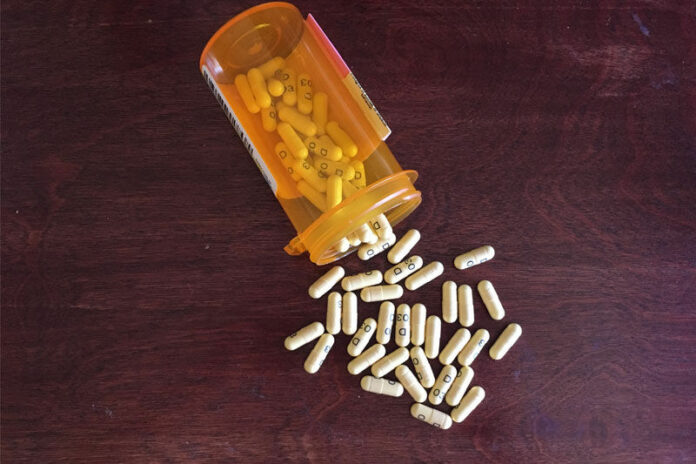We’ve all been exposed to pictures of drug abusers meant to scare us onto the straight and narrow path. Images of opium dens, strung out “junkies” using needles, meant to create distance between the substance abuser and the community. This strategy has worked well, creating isolation, exclusion and stigma around substance abuse issues and those that struggle with addiction. This stigma has made it harder for those in need to ask for, and accept, treatment for addictions.
Today, there is tremendous attention given to opiate abuse. With the rise in opiate related addictions, overdoses and deaths that have impacted many of us in the community, finding treatments that work and that bring an individual back into the community is a long time in coming. With the advent of buprenorphine, first approved in 2002 for use in the United States, many people who lived tethered to their opiate habit have been able to stop using, learn how to better manage their life and re-enter the community. Called Medication Assisted Treatment, or MAT, buprenorphine has changed people’s lives dramatically.
Who needs MAT treatment? Despite the stereotypes we have been indoctrinated with, this could be anyone in any waiting room. It could be the person you least suspect of having an addiction problem.
The young Iraq army vet bitten in the desert by a scorpion that caused chronic pain, taking larger and larger doses until she overdosed and died. The young, professional woman who had multiple shoulder surgeries after an injury in her teens. She continued to take her pain meds between surgeries, supplementing them with her mother’s, until she could not stop taking them without going into withdrawal. The older grandmother with chronic pain, on opiates for years, and needing to supplement the dose given by the doctor with medications given to her by others. The mom who took opiates to help with her emotional distress, first buying pills off the street and then starting to use heroin because it is cheaper.
Buprenorphine is an opiate safer than other opiates, first used to treat mild to moderate pain in the 1990’s. It was found, however, to also be an effective treatment for opiate addiction. It does not create a “high” and it is safer because there is less of a chance of respiratory depression. That said, it can be dangerous to mix buprenorphine with central nervous system depressants like alcohol and benzodiazepines and patients are warned about this.
Recognizing the need in the community, Alliance Medical Center (AMC) is now offering MAT for opiate addiction. AMC is able to provide these services to eligible patients who have Medi-Cal or Medicare. AMC is open daily, Monday through Friday.
When AMC is closed (nights and weekends) patients may go to the Healdsburg Hospital Emergency Room and work with staff there to begin MAT induction. Patients with private insurance will then be referred for follow-up through a MAT provider on their health insurance panel. The Alexander Valley Healthcare clinic in Cloverdale also provides follow-up care for patients with private insurance. Their telephone number is 707-894-4229.
AMC offers consultation about whether MAT is the right path to take, medication induction, behavioral health support and ongoing medication management to help people caught in an opiate addiction find a way to recover their sense of purpose in life without the drugs.
Refills happen in MAT groups that offer community, support from AMC staff and a chance to speak with a MAT medical provider. This outpatient treatment allows the patient to participate fully in their lives and re-integrate into the community, hopefully experiencing less stigma than in days past. You can contact Jeannie Bailly at Alliance Medical Center for more information 707-433-5494, ext. 251.
Josefa Molina is the Behavioral Health Director at Alliance Medical Center.
48.6
F
Healdsburg
May 16, 2025









